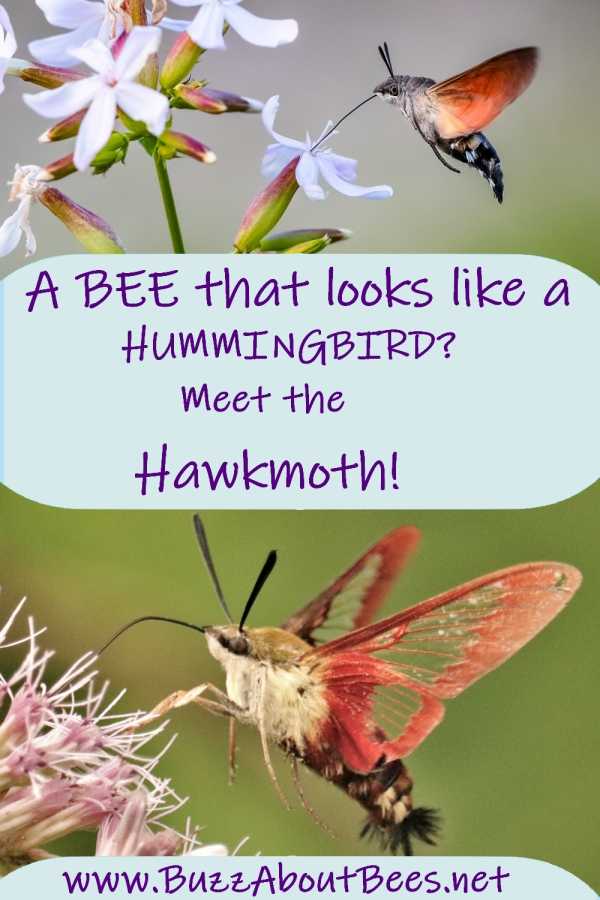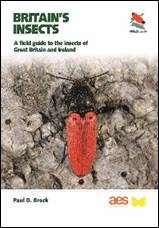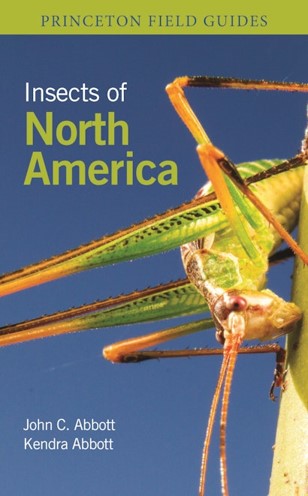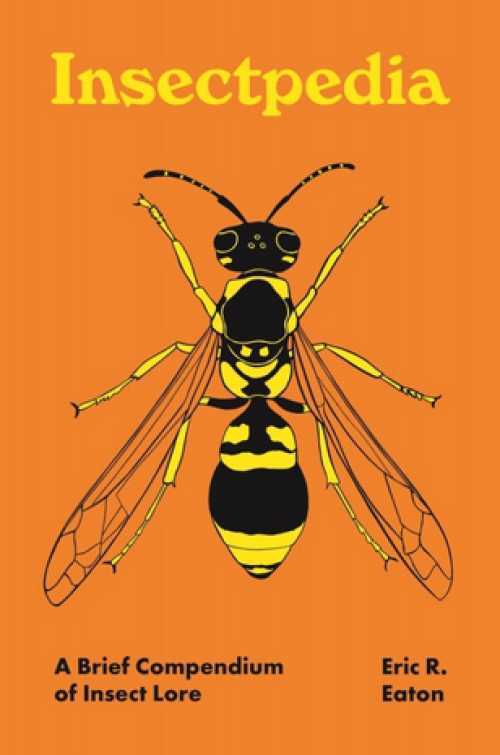Bee That Looks Like A Hummingbird - What Is It?
Dear BuzzAboutBees
Today, I saw a bee that looks and hovers like a hummingbird. Can you tell me what it is?
Melissa
I have received such queries both from the UK and the USA, so I thought it was time I wrote about this beautiful insect.
There's a video too, so you can watch this beautiful insect in flight!
What Is This Bee That Looks Like A Hummingbird?
In fact, this is not a type of bee, but a type of hawkmoth, also known as a sphinx moth, or hummingbird moth.
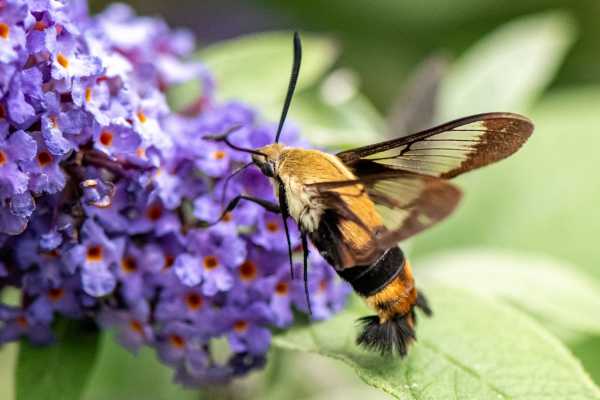 A Hemaris species, also known as a 'sphinx moth' or hummingbird moth
A Hemaris species, also known as a 'sphinx moth' or hummingbird moth
You'll know if you have seen one of the beautiful Hemaris species, since that are known for their partially transparent wings (and may also be referred to as 'clearwing moths').
There are about 20 Hemaris species, 5 of which are native to North America, and 3 to Europe.
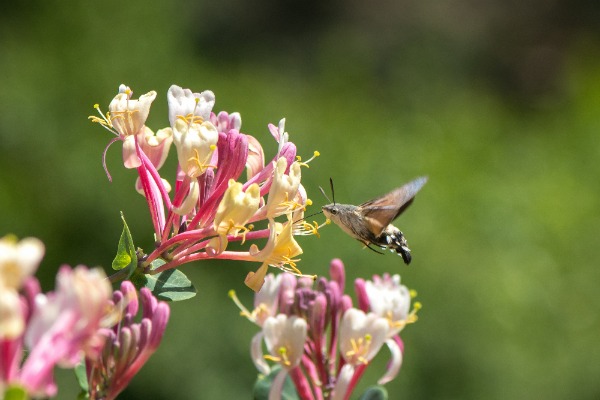 Macroglossum stellatarum visiting honeysuckle
Macroglossum stellatarum visiting honeysuckleAlso resembling small hummingbirds, are those of the genus Macroglossum.
I am personally familiar with one of these: the Hummingbird Hawk-moth, Macroglossum stellatarum which has visited our climbing Jasmine. It's a migratory species, and is most visible in the UK from June.
Both Hemaris and Macroglossum are moths of the Sphingidae family.
Flight
The use of the word 'hummingbird' as part of the common (or colloquial) name for these lovely moths, is very appropriate, and a great descriptor.
Indeed, taking decent photographs of this enchanting creature can be quite a challenge, owing to its darting, hovering flight, accompanied by rapid wing-beat (e.g. wing span: 50 - 58mm for Macroglossum stellatarum3).
If you haven't witnessed these gorgeous moths in action, do watch the video on this page!
Foraging
Look out for hawkmoths foraging on Buddleia, Jasmine, thistles, Red valerian and honeysuckle.
Notice the typically long, out-stretched tongue (proboscis - which measures about 25 mm long in M. stellatarum1) as it probes flowers for nectar which provides vital food.
The proboscis may also be seen curled when in mid flight and when not feeding, or about to feed.
Hummingbird Hawkmoth - Macroglossum stellatarum
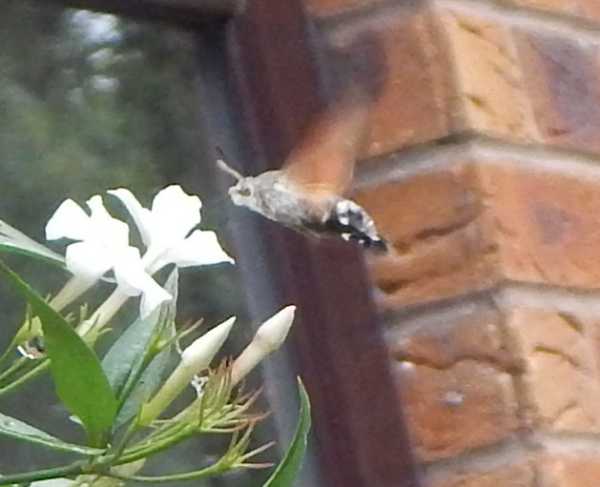 Macroglossum stellatarum feeding on our Jasmine - taking a photograph was very challenging!
Macroglossum stellatarum feeding on our Jasmine - taking a photograph was very challenging!Macroglossum stellatarum may be seen visiting gardens on sunny days, but also visits woodlands. It is one of the few day active moths of the Sphingidae moth family1.
Whilst Macroglossum stellatarum may breed in the UK, it is thought that winters are generally too cool, with only a few individuals overwintering in Britain in milder winters2.
Interestingly, while most hawkmoth species hibernate as pupae, Macroglossum stellatarum hibernate as adults, or 'imagines'1 ('imago' is the name given to the adult stage of an insect).
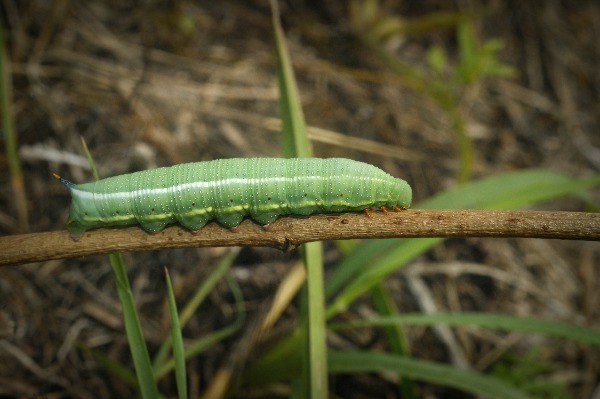 Caterpillar of Macroglossum stellatarum
Caterpillar of Macroglossum stellatarumThe green caterpillars can be found from June to October.
References
1.Stöckl AL, Kelber A. Fuelling on the wing: sensory ecology of hawkmoth foraging. J Comp Physiol A Neuroethol Sens Neural Behav Physiol. 2019 Jun;205(3):399-413. doi: 10.1007/s00359-019-01328-2. Epub 2019 Mar 18. PMID: 30880349; PMCID: PMC6579779.
2. The RSPB - 'Hummingbird hawkmoths in the UK'.
3. Brock, Paul D: Britain's Insects - A Field Guide To The Insects Of Great Britain And Ireland Princeton University Press WILDguides, 2021, ISBN: 9780691179278.
If you found this page helpful or interesting, I'd really be grateful if you would share it with others - if not this page, perhaps another, such as Gardening For Bees.
Thank you so much :) .
